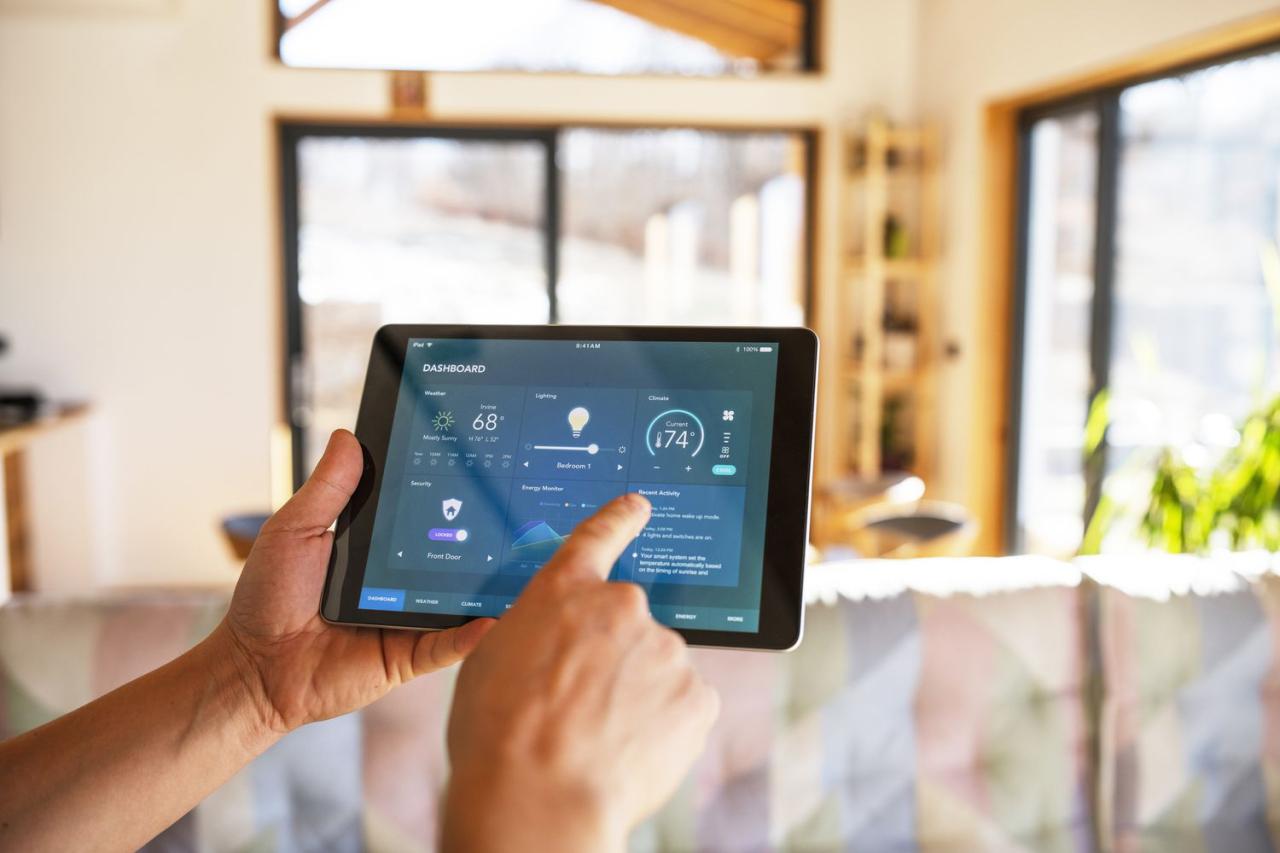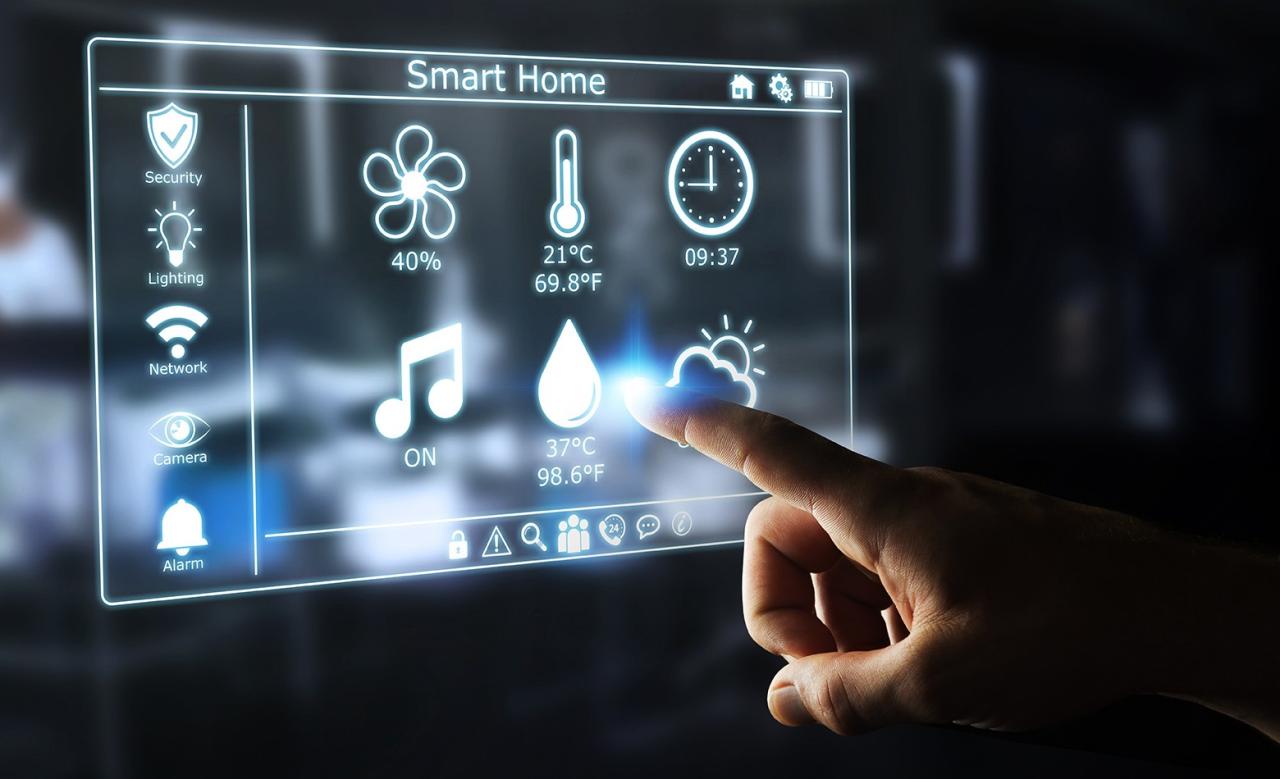The modern home is no longer a static collection of rooms; it is a dynamic, interconnected ecosystem. At the heart of this transformation are smart homes, living spaces where technology is seamlessly integrated to enhance convenience, security, and efficiency. However, the true revolution in smart home design is not just about installing the latest gadgets. It’s about a new generation of visionary designers and architects who are embedding intelligence into the very fabric of the home, ensuring that technology serves a greater purpose: to create a more intuitive, beautiful, and human-centric living experience. These designers are moving beyond the mere gadgetry of smart tech and focusing on a holistic, future-proof approach that anticipates the needs of the inhabitants and adapts to their lifestyle.
This comprehensive article will explore the philosophies and groundbreaking work of these leading designers, examining how they are leveraging technology to create homes that are not just “smart,” but truly brilliant. We will delve into the core principles of their approach, from the importance of integrated systems to the use of data-driven design, and look at the ways they are reshaping the residential landscape to be more harmonious, sustainable, and responsive.
The Philosophy of Seamless Integration

A truly smart home should not feel like a collection of separate devices. The hallmark of a visionary designer’s work is a system where all technological elements—from lighting and climate control to security and entertainment—work together in a cohesive, unified manner. This is the difference between a house with smart gadgets and a truly intelligent home.
A. The Central Nervous System of the Home: Visionary designers start by establishing a robust, centralized hub that acts as the “brain” of the smart home. Instead of relying on a patchwork of different apps and devices that don’t communicate with each other, they install a comprehensive system that allows for a single point of control. This is the Building Automation System (BAS) for a residential context, managing everything from automated blinds that adjust with the sun’s position to a smart thermostat that learns your family’s routines. The best designs prioritize a wired infrastructure to ensure stability and speed, while using wireless protocols for flexibility.
B. Anticipatory Automation: The most brilliant smart homes don’t wait for a command; they anticipate needs. Designers are now using data and sensors to create homes that react to their environment and inhabitants. For example, a home might automatically adjust the lighting and temperature as a person moves from room to room. It might unlock the front door and disarm the alarm when a resident’s car pulls into the driveway, using a combination of GPS and smart garage door sensors. This level of anticipatory automation turns a house into a responsive partner in daily life.
C. The Invisible Interface: A key tenet of modern smart home design is making the technology itself “invisible.” The goal is for the tech to fade into the background, with the focus on the experience it creates. This means integrating control panels discreetly into walls, using voice commands as the primary interface, and designing systems that operate seamlessly without constant user input. The technology is present, but it’s felt through its benefits—such as a perfectly lit room or a comfortable temperature—rather than seen as an intrusive gadget.
Designing for Wellness and Human-Centricity
A home’s intelligence should not just serve convenience; it should enhance the well-being and health of its inhabitants. Visionary designers are using smart technology as a tool to create a more comfortable, safer, and healthier living environment.
A. Dynamic Lighting for Circadian Rhythms: Designers are now incorporating smart lighting systems that mimic the natural cycle of the sun. The lights in a home can be programmed to emit a bright, cool light in the morning to help you wake up and a warm, soft light in the evening to prepare your body for sleep. This is known as circadian lighting, and it’s a key feature in modern homes, as it has a proven positive impact on mood, sleep quality, and overall health.
B. Advanced Air and Water Quality Management: Smart homes are now equipped with sophisticated sensors that monitor air quality, detecting pollutants, allergens, and carbon dioxide levels. The system can then automatically activate air purifiers or ventilation systems to ensure the air is clean and healthy. Similarly, smart water filtration systems can ensure that the water you drink is free of contaminants. These systems provide a new level of security and peace of mind for homeowners, making their home a truly healthy sanctuary.
C. Health and Biometric Integration: The next frontier in smart home design is the integration of health and biometric data. Future homes will have sensors embedded in floors and furniture that can monitor things like your weight, heart rate, or gait, providing valuable data to help you track your health. A smart bathroom mirror might analyze your skin’s health, or a smart bed might monitor your sleep patterns and provide feedback. This level of personal health integration makes the home a proactive partner in your wellness journey.
Sustainability Through Smart Systems

Visionary designers understand that a truly intelligent home must also be a sustainable one. They are using technology to minimize a home’s environmental footprint, reducing energy consumption and promoting resource efficiency.
A. Automated Energy Management: The smart home of the future actively works to save energy. A centralized system can monitor real-time energy usage and make intelligent adjustments. It can automatically turn off lights and climate control in an empty room, or lower the blinds to block out the sun’s heat on a hot day. This level of automation is far more effective than manual adjustments and can lead to significant savings on utility bills.
B. Water Conservation with Smart Technology: Smart homes are now being designed with water conservation in mind. Smart irrigation systems use real-time weather data and soil moisture sensors to water a lawn only when it’s needed, preventing waste. Similarly, smart leak detectors can alert a homeowner to a small leak before it becomes a major problem, saving thousands of gallons of water and preventing costly damage.
C. Seamless Integration of Renewable Energy: The next generation of smart homes is being built to work in harmony with renewable energy systems. The home’s intelligence hub can manage a solar panel system and an energy storage battery, deciding when to use power from the grid, when to draw from the battery, and when to sell excess power back to the utility company. This level of dynamic energy management makes a home a more resilient and sustainable part of the larger energy grid.
Aesthetics and Future-Proofing
For these visionary designers, technology is an enhancement, not a compromise on style. They are creating spaces where smart technology is seamlessly woven into the design, and where the home is built to adapt to the technology of tomorrow.
A. The Disguised Control Panel: Instead of bulky plastic control panels, designers are creating elegant, minimalist interfaces. A control panel might be integrated into a mirror in the bathroom or be a sleek, tablet-like device that sits unobtrusively on a countertop. This dedication to aesthetics ensures that the technology complements the home’s design rather than detracting from it.
B. Strategic Pre-wiring and Infrastructure: The secret to a future-proof smart home is the infrastructure laid during construction. Visionary designers are pre-wiring for everything—from electric vehicle charging stations in the garage to security cameras and advanced audio systems. This foresight ensures that as new technologies emerge, they can be easily integrated without the need for disruptive and costly renovations.
C. Modular and Adaptable Spaces: Designers are creating spaces that can be reconfigured to suit different needs. This is achieved through modular furniture, movable walls, and lighting systems that can change color and intensity to alter a room’s mood. A single space can serve as a home office during the day and a home theater at night, demonstrating the versatility that smart technology enables.
Conclusion
The smart homes of today are the result of visionary designers who are moving beyond the superficial and integrating intelligence into the very soul of a building. Their work is a powerful testament to the idea that technology, when thoughtfully applied, can profoundly improve our quality of life. By focusing on seamless integration, human wellness, sustainability, and timeless aesthetics, they are creating living spaces that are not just more efficient or convenient, but more intuitive, responsive, and a true reflection of the people who live in them.
These designers are proving that a home can be a proactive partner in our well-being, a responsible citizen in its energy consumption, and a beautiful work of art in its design. The future of residential architecture is in their hands, and it looks to be more dynamic, intelligent, and inspiring than we could have ever imagined. Their legacy will be a world where our homes are no longer just shelters but living, breathing ecosystems that are a true reflection of the visionary minds who shaped them. The path ahead is clear: the most desirable homes of the future will be the ones that are the most thoughtfully and brilliantly designed.









